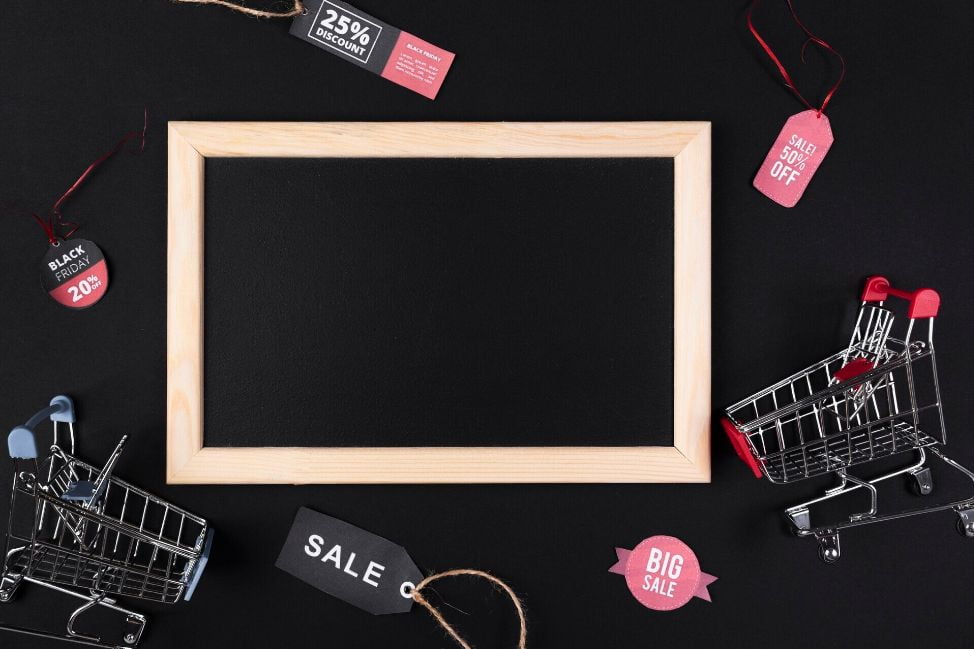An essential component of any business is customer retention metrics. Each company is customer-focused, notwithstanding the type of business it is. However, when you begin to lose customers unusually, it means something is not right. Customer retention is critical to the success of your business.
Regrettably, it is a significant problem for most businesses despite applying various retention strategies. It is much more than that.
Therefore, what customer retention metrics can you use to justify the success of your brand? How can you calculate these metrics to know if you are meeting your goals or not? In this article, you will learn important customer retention metrics for your online business.
Customer lifetime value
It measures the revenue you generate from a particular customer. It doesn’t matter if you sell individual products or render services; you need to trace this metric consistently. Usually, customer lifetime value should either rise or remain constant. However, anything that makes it shrink only means losing customers faster or capturing low-value customers.
To evaluate customer lifetime value, you need to determine the average revenue of a particular customer for a year. To get the average revenue, you divide the gross annual sales you generate by the number of unique customers you acquire for that year.
Repeat Purchase Ratio
The repeat purchase ratio represents the percentage of customers returning to purchase an item from your store or company. This metric helps you know your loyal customers, which you can use to assess your performance and the impact on the customer retention strategy you implement. Here, the repeat purchase ratio applies to products. However, you can also use it for contract renewals or repeat subscription services.
To calculate the repeat purchase ratio, you divide the number of returning customers by the total customers.
Product Return Rate
The product return rate is essential for businesses that deal with intangible products. It represents your product return rate when an item is purchased. It is a proportion of the total units of an item returned compared to what was sold. The product return rate is equivalent to the number of units sold that customers later returned divided by the total number of units sold.
Net Promoter Score
This metric measures the general satisfaction and loyalty to your brand. Your overall score will determine if your customers are willing to advertise your product to others in their community. You can compute the net promoter score by getting the percentage of promoters subtracted by the percentage of detractors.
Loyal Customer Rate
Loyal customers represent those who have previously made a purchase on your store at a given time. Since your existing customers buy from you, this metric identifies the percentage of your customer base that is loyal to your business or brand.
Importantly, you need to know your existing customers because these customers are your valuable assets. They don’t only buy items to drive your sales; they act as ambassadors to your brand since they can share positive words about your business. To calculate your current customer growth rate, you have to determine the number of existing customers divided by the total customers that visit your store.
If you are looking for a tool to increase customer retention rate, check out our apps for BigCommerce automation and Shopify automation.









